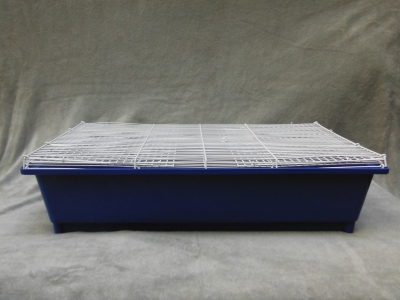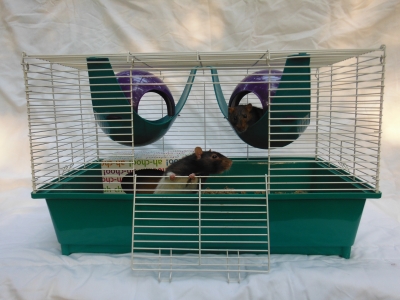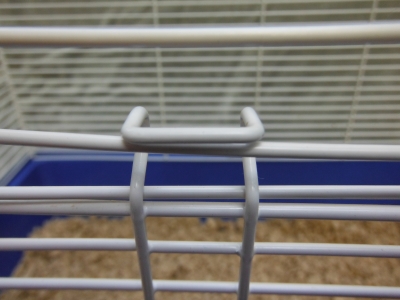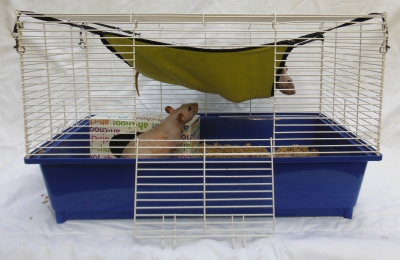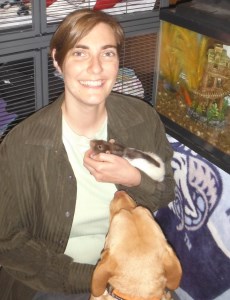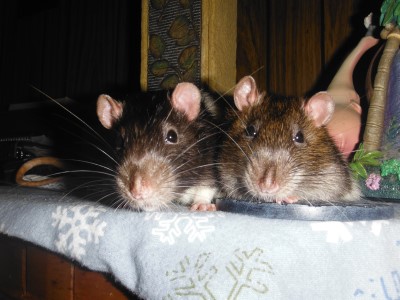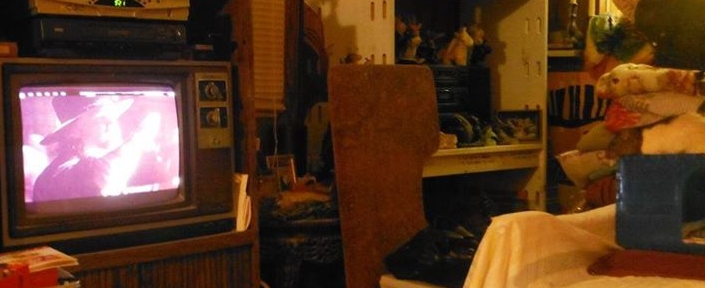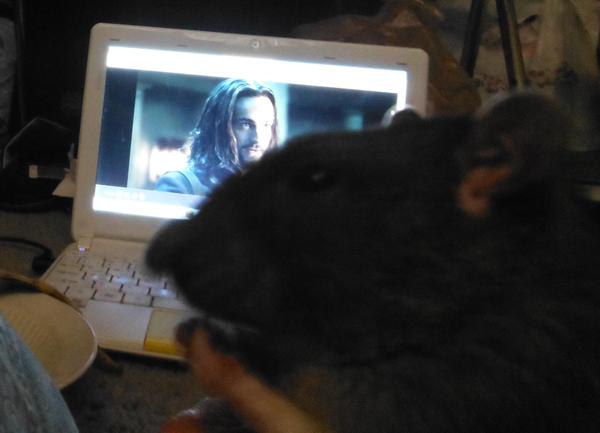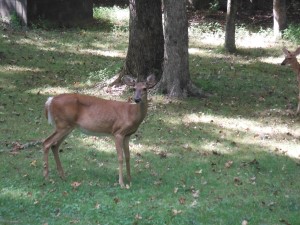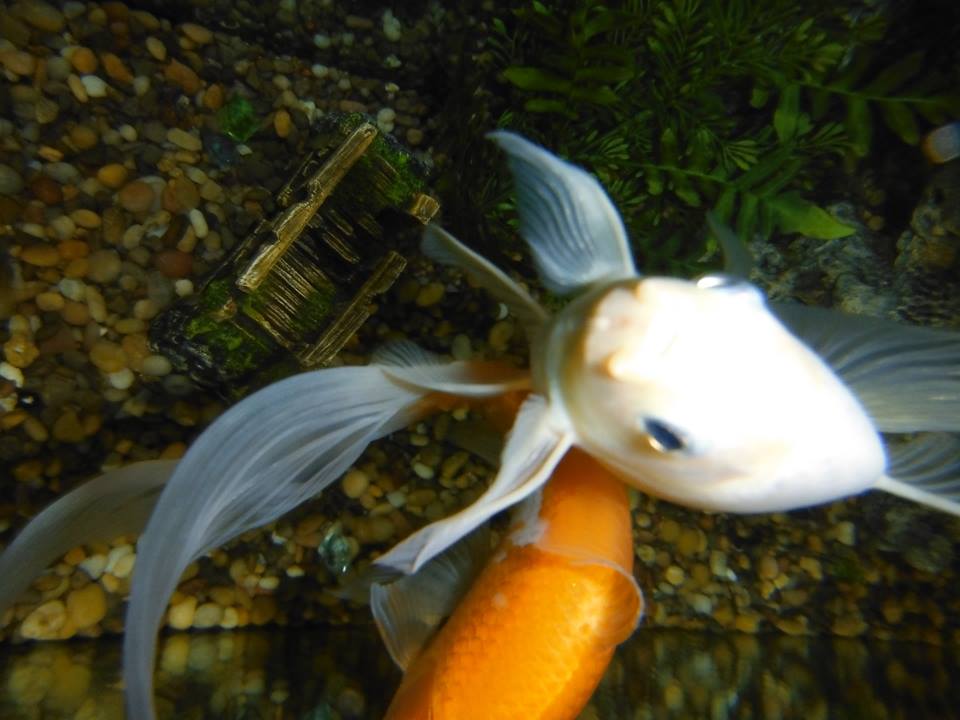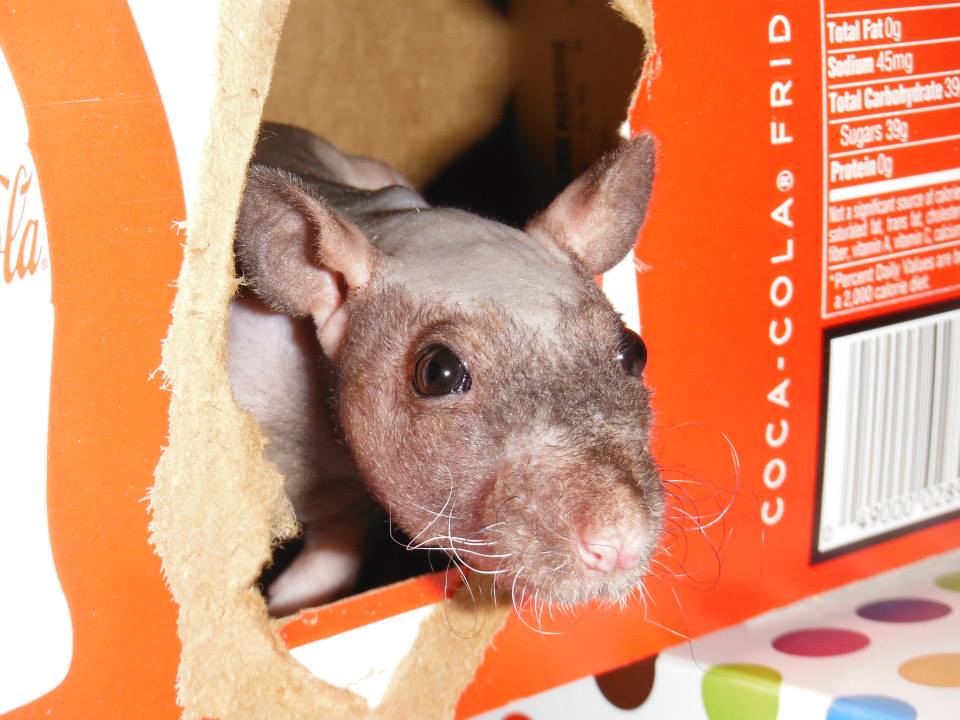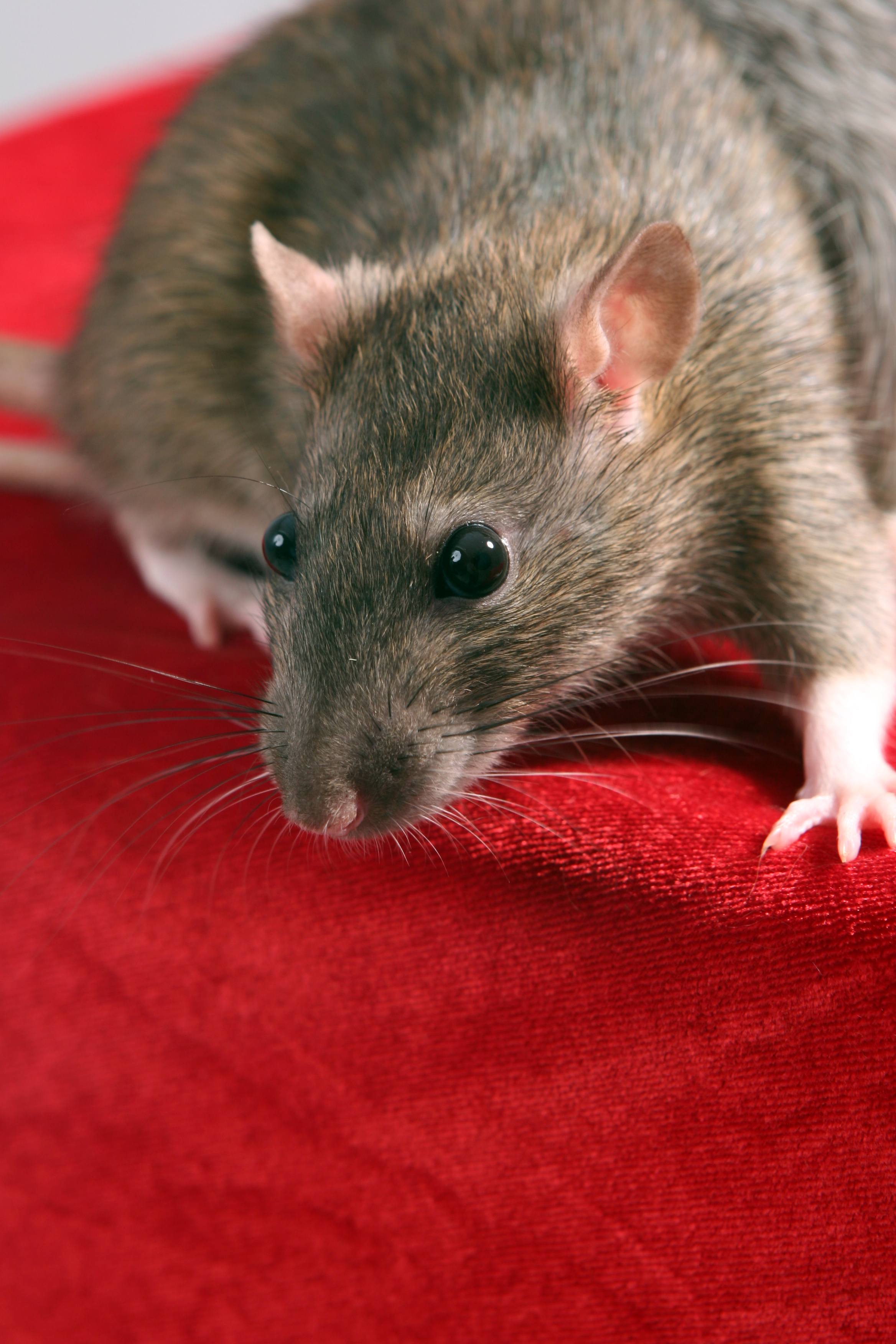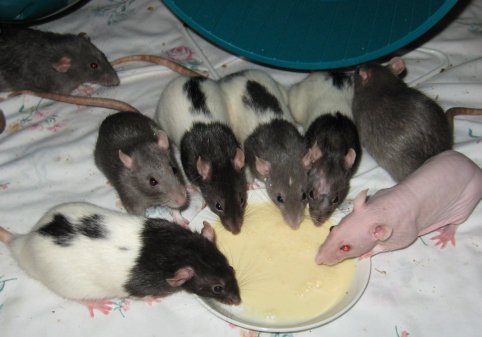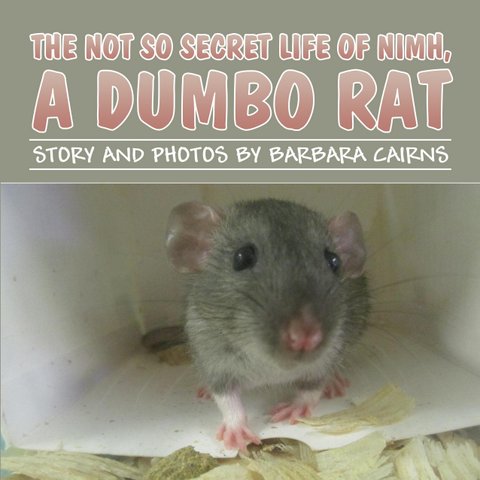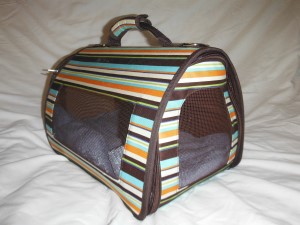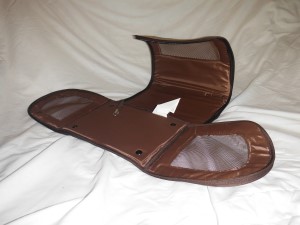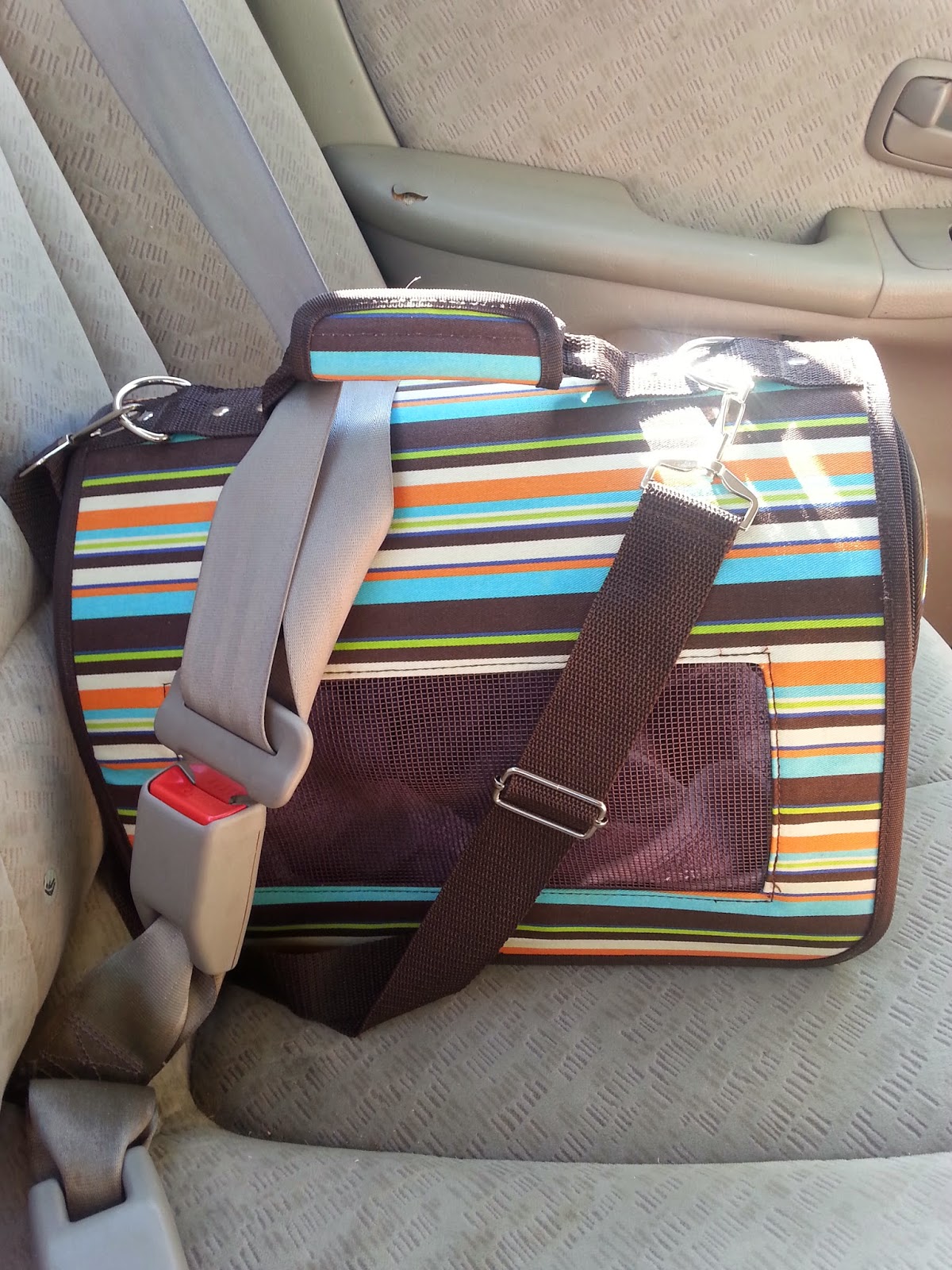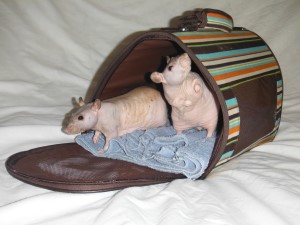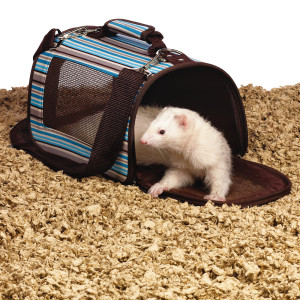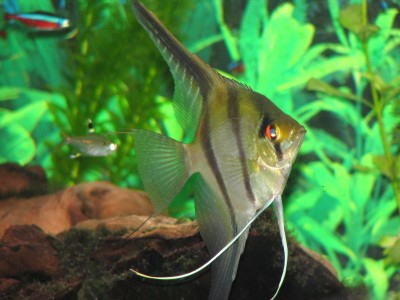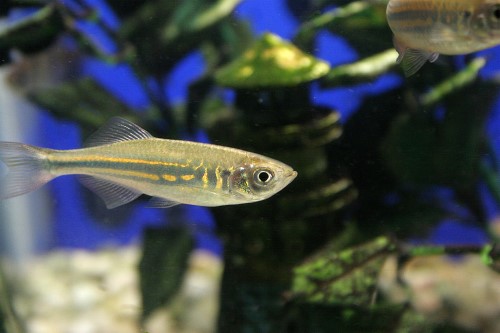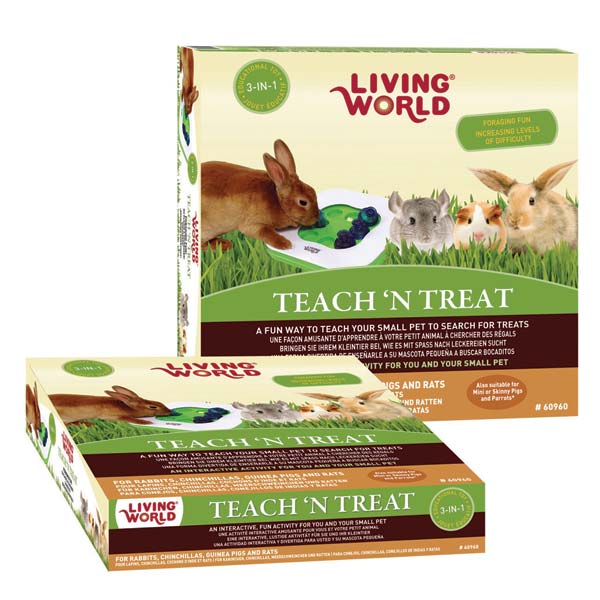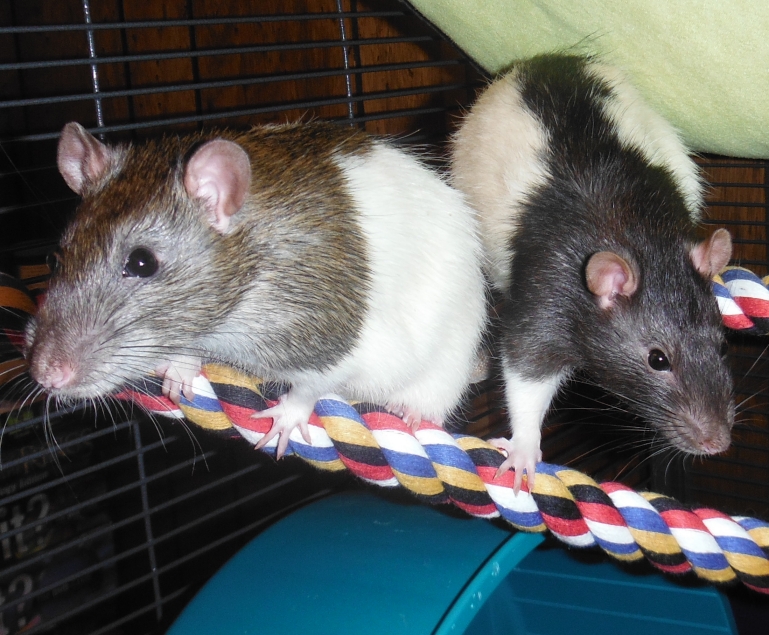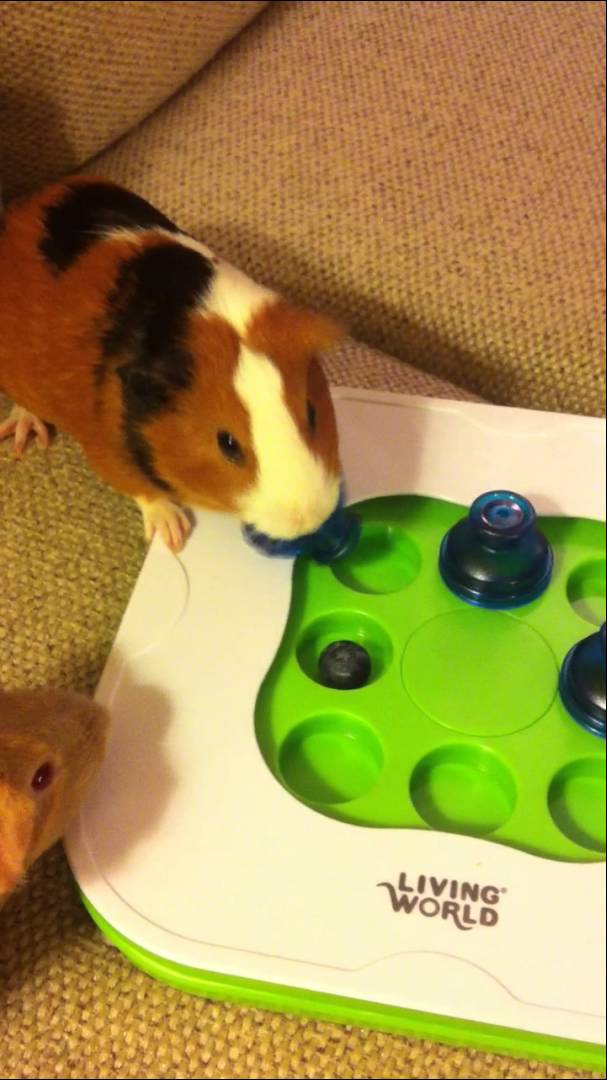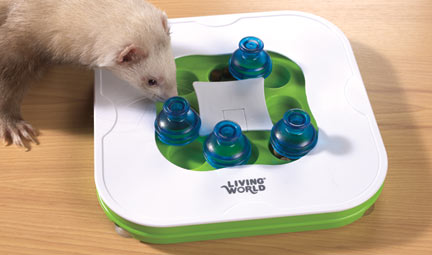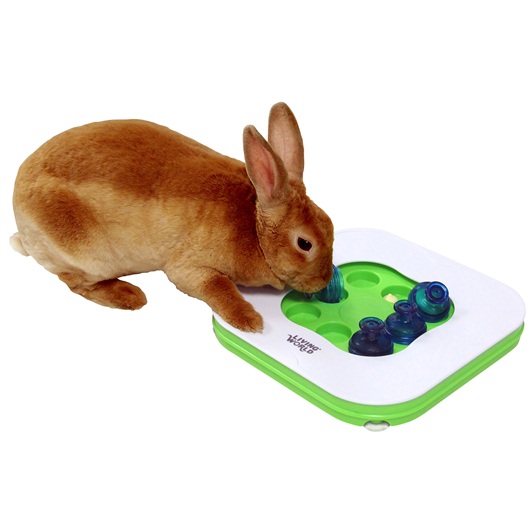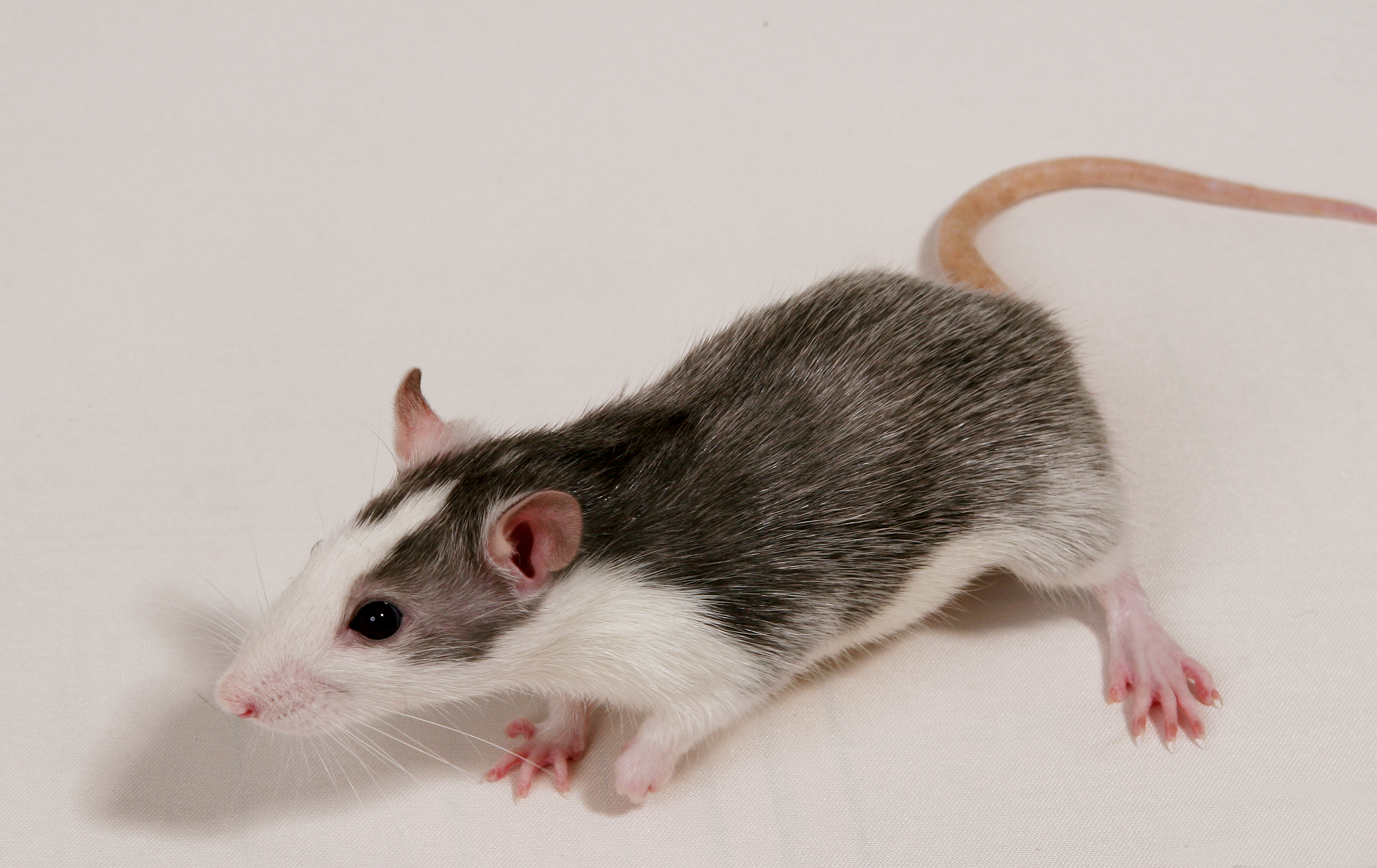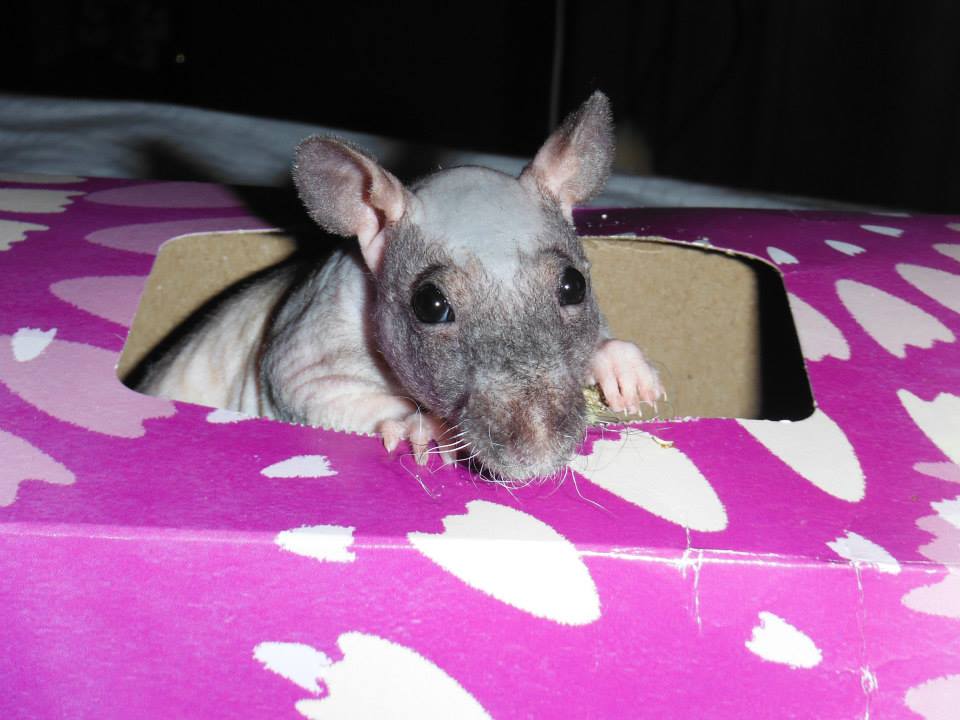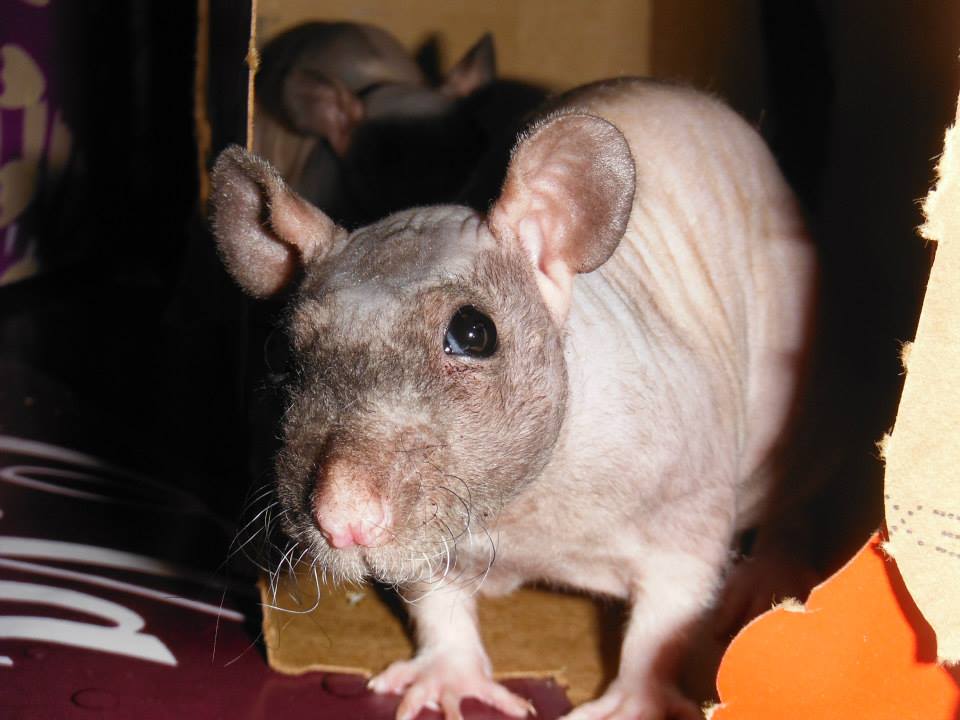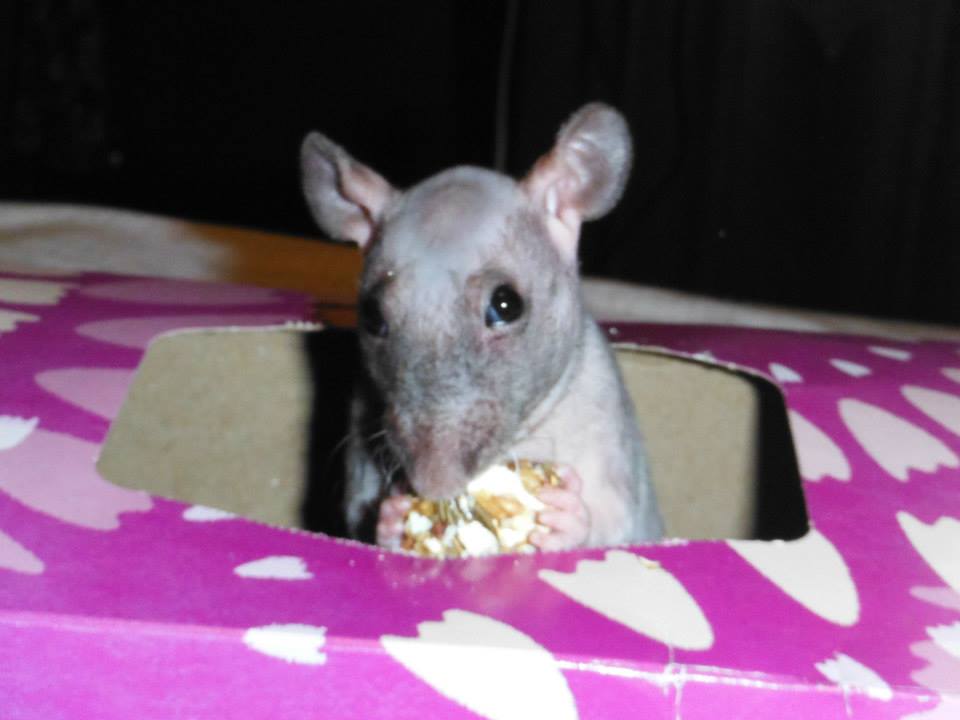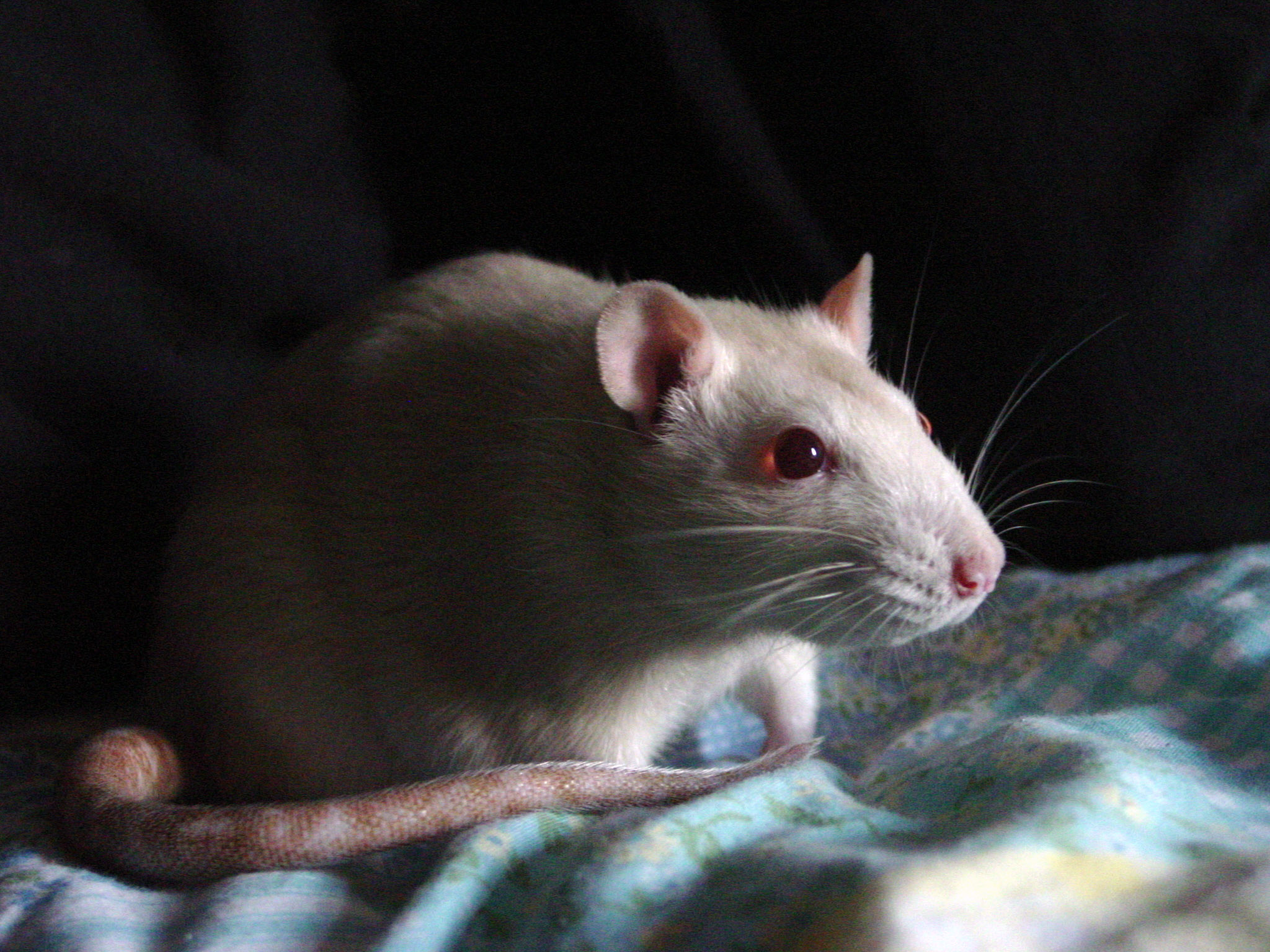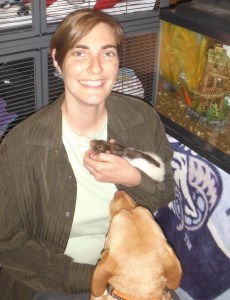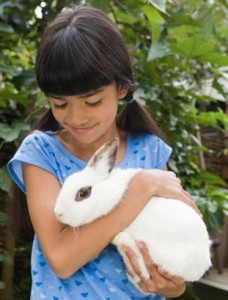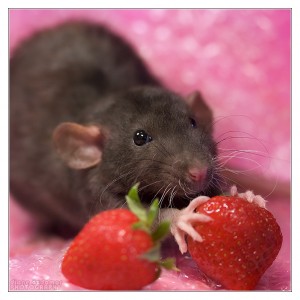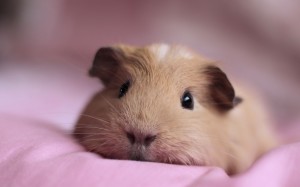Before I start reviewing this product, I need to put out a public safety announcement about rats and cages. It is very important for rat owners to understand that rats need a LARGE living space, with multiple levels that they can use for climbing. Most rat owners prefer cages by Critter Nation because they are a very large size and are durable. Our rats have a Critter Nation when they are in our home, but the problem with these super sized cages is that when you need to make a temporary move or relocate your rats for the very short term, it is not practical to dismantle the cage and move it around, so you are going to need to find a decent travel or temporary option for your little boys and girls.

Wire spacing with cage door closed. Note that with the door properly latched, the gap between bars over the door is wider than between other bars.
When looking for a cage, you want to make sure that the space between the bars is about a half an inch, because if you go larger you risk small rats being able to squeeze through. It is also preferable to find a cage that does not use plastic as a means of containment, as rats love to chew and so can easily escape. I want to emphasize that when looking for travel or temporary options for you rats, you should think of your rats first and the situation you are going to put them in second. For instance, if you are looking at a cage with a plastic bottom, like the Great Choice Small Animal pet home, the first two questions that should come to mind are:
Does my rat chew? If no, then you are okay to purchase this cage for the rats that you have, but need to keep this in mind again if you get new rats who need to use it. (And as always, regularly inspect any chewable materials for signs of wear.)
How well are they going to be supervised while in this temporary cage? If your rats are chewers, but you are using this cage only to contain them while you quickly clean the cage they already have, you are taking a risk, but MIGHT be okay as long as you listen carefully for chewing sounds. If you are taking them in a car, where someone will be sitting with them and watching them, the person doing the supervising should be prepared to stop the rats from chewing at ANY time. However, if your rats are chewers and you want them to be caged somewhere that they will be left alone, without supervision, this is NOT the best choice.
The same questions apply to rats who like to escape. If you have escape artists, small girls, or very young rats, the one inch bar spacing on this cage (and the clasp that holds the door closed) is NOT going to reliably contain them. On the other hand, if your babies are reliable, non-chewers who are always on their best behavior, this is a great cage as a temporary home.

Wire spacing with cage door closed. Note that with the door properly latched, the gap between bars over the door is wider than between other bars.
Another public service announcement that I would like to make before continuing on is about post-surgical containment. Though I would never want to see a rat living in an aquarium tank on a permanent basis, tanks really do make the best recovery areas for your boy or girl to recuperate in, as long as you keep the bedding fresh. Any cage with wire sides will encourage your rat to climb once they feel they are ready to do so, even if there is no second level to the cage. It is natural for a rat to use the sides of their cage as a ladder, and some will even hang upside down from the top and walk around that way, just for the fun of it. Giving your rat those kinds of opportunities after surgery is almost guaranteed to stretch the surgical area and reopen whatever wound or stitching is trying to heal. It breaks my heart to put our rats into the tank for their 14 day recovery period, but in the end that is the best way to ensure that they heal as they should. I would never, ever consider a cage like this as a post-surgical option because of the risks involved.
Now, it must seem to readers that I have started out this article on a very negative note and maybe some have already decided this cage is not for them based only on what they have read so far. In a way, that is what I hope for, because a cage like this caters to a very specific type of rat, which I happen to have: the male non-chewer who has no intention of escaping whatever cage he is put in. Pet stores and online sites try and sell this as a permanent solution, a “rat starter kit” kind of thing, and if I have put off new rat owners to this idea, I am most pleased. This cage is NOT designed to be a permanent home for rats and is NOT acceptable for young rats, as is shown on the box. I think the only way I would use this cage for small rats on a daily basis, is if it were a permanent litter box, sitting somewhere with the door always open, for my free-range rats to enter and exit as they needed.
Even after all of these warnings, this cage actually has MANY positives, though I ask readers to keep in mind that I am the owner of non-chewing, well behaved male rats and am reviewing the product on those grounds.
We started off with one of these cages to keep for emergencies. We live out in the North Carolina countryside, are on well water, and are surrounded by woods. In the winter this area gets frequent ice storms, which can cause disruption in power (and as a result, water) for days at a time. In those instances, we bring ourselves and our animals through the woods to our neighbor’s house, since she has a gas fireplace and wood stove that keep her log cabin nice and warm. We needed something that was mobile, but wouldn’t get in our way all the time when not in use.
After quite a lot of trial and error, we discovered the Great Choice Small Animal Pet Home. The cage is lightweight and fairly easy to carry, even on a short walk through trees. Best of all, the wire portion is collapsible, which means that you can store it easily when you are not using it. Originally we had avoided this product because of the look of the box, which showed a single, young rat in this easily escapable structure with no secondary levels, but when we stopped to think about what we actually needed, we realized that we should try this one out. It ended up being the perfect choice for our boys, who were never chewers and are perfectly content to settle in their cages because they are free-range when we are at home.

Corner of cage as it is in the process of being assembled. Two hooks on the left side and one hook on the right weave together to hold both sides in place.
Assembly is simple, yet tricky, since the hooks that hold together the wire portion of the cage can become tangled with each other when folded for storage, meaning there is some wiggling and shaking involved in unpacking the cage, but once you have the top opened up, putting it together is a breeze. There are three hooks on each corner of the cage, two hooks on the side of one wall, one hook on the other, so that you have to weave the side pieces together, adding to the stability of the lid once it is assembled. When all four sides are hooked up, all you have to do is put litter in the tray, give your rats somewhere to hide, drop in a toy, then lower the wire lid on the plastic tub and clip it down on the sides.
Size is important when you pick out a temporary cage. You do not want the structure to be large and cumbersome, but you want your rats to feel comfortable. The Great Choice Small Animal Pet Home actually offers more room than one would expect from looking at the box, because of the compact nature of its folded state. Once put together, there is enough space in this cage for a hammock and a small nesting box (something the size of a tissue box will do). You can fit a food dish or two in it as well, but once you add the water bottle there is not much room for a litter box, so be prepared to have the cage cleaned frequently, for the sake of sanitation and the sanity of any rats who demand a place to put their poo.
The fact that the cage is wire-topped also makes it conducive to using Lixit Critter Space Pods inside. Though getting them attached is an exercise in spatial orientation, once you discover the trick of which leg best fits where, snapping the pod in place is a breeze. The cage holds one pod well, but there is also room for two. We use the two ball setup for our oldest boys, Whisper and North, who have breathing issues and prefer to hang their heads over the side of solid objects at times when respiration isn’t as easy as it should be. Rather than force them to take turns using one pod, we provide them one apiece. Since they are older and less active, the need for full-body stretching or an active play area isn’t as important as their respiratory comfort.
With either setup in this cage, there is enough room for short jumps from the floor to the top of the nesting box, or from the box to whatever you have hanging to create a second sleeping level. Even with the upper portion filled with Space Pods, there are places where your rat can stand and stretch, or climb on the side of the cage for exercise or attention. Another bonus of using this cage is that if you are in a location where your rats will get free range time, you can simply open the door of the cage and let them go in and out as they please, no matter what their age, since the door makes a short ramp at the entrance when opened. (You might want to cover it with a stretched out sock or some other fabric for comfort, depending on the age and ability of your rats.)
My only concern for non-chewing, large sized rats when using this setup is that the latch for the door is not as secure as I would prefer. The door has two bent bars on it, formed in the shape of a number 7, where the pointed part of the 7 seems to fit perfectly in the gap of two bars above the door. Inexperienced owners or pet sitters who do not know rats well might think that you simply push the door into place, letting the pointed part of the seven rest comfortably between the two bars. This is NOT a secure position for the door to be in, as it can easily fall back open or be pushed free by your rats. Anyone closing the door to the cage must be certain that they push the 7 hooks all the way THROUGH the bars, bending down the top bar so that the upper part of the 7 hangs OVER the bar. Once in this position the rat cannot push the door open from their side, though this way of closing the door warps the shape of the cage bars considerably, making a larger gap in that area.
Beyond the somewhat frustrating door, we are madly in love with these cages as temporary housing for our non-chewing, large, male rats. We have used them for short distance travel and had our rat sitter use them at her place when we are away, with both situations working out well for everyone involved. In the long-term, we most recently needed them when our ceiling caved in last winter and I was forced to move out with our boys while the house underwent construction for four months. In that situation, the boys were left alone in the cages while I was at work, and the doors were opened for free range time once I got home.
I think what I like most about these cages goes beyond their portability, easy storage and simple nature. These cages are easy-clean, wired dwellings that, unlike tanks and other closed structures, allow circulation within the small space, making it a healthier choice for your pet on the go.
Pros:
Compact storage.
Easy to clean and assemble.
Lightweight, easily mobile.
Wire top allows air circulation and proper ventilation.
Enough room for a nesting box, hanging bed, very small chew toy, food dish and water bottle.
Suitable space as a TEMPORARY residence for large, well behaved rats.
Cons:
Wires have one inch gaps, allowing escape of small rats.
Bottom is plastic, allowing for escape by chewing.
No room for litter box.
Cage door needs extra attention when latching shut.
NOT suitable for young, small rat shown on package!
NOT suitable as a PERMANENT residence for large, well behaved rats!
Mirrani Houpe, our Small Animal Editor, has had rats since she took home her first little boy once they both completed the second grade. Since that time she has owned, rescued and bred many kinds of rats, from many backgrounds. She may not be a vet, psychology major, or scientist, but her babies have her very well trained when it comes to how to care for them. She is constantly working with her family’s veterinarian to come up with new and innovative ways to love and care for the most often misunderstood rodent in the pet world. You can e-mail her at mirrani@yourpetspace.info



